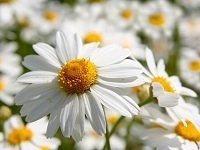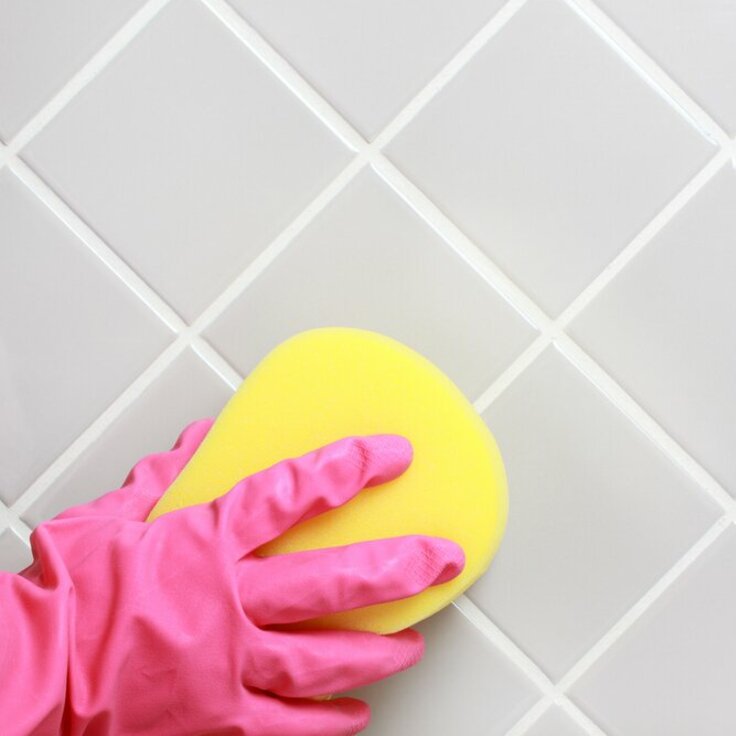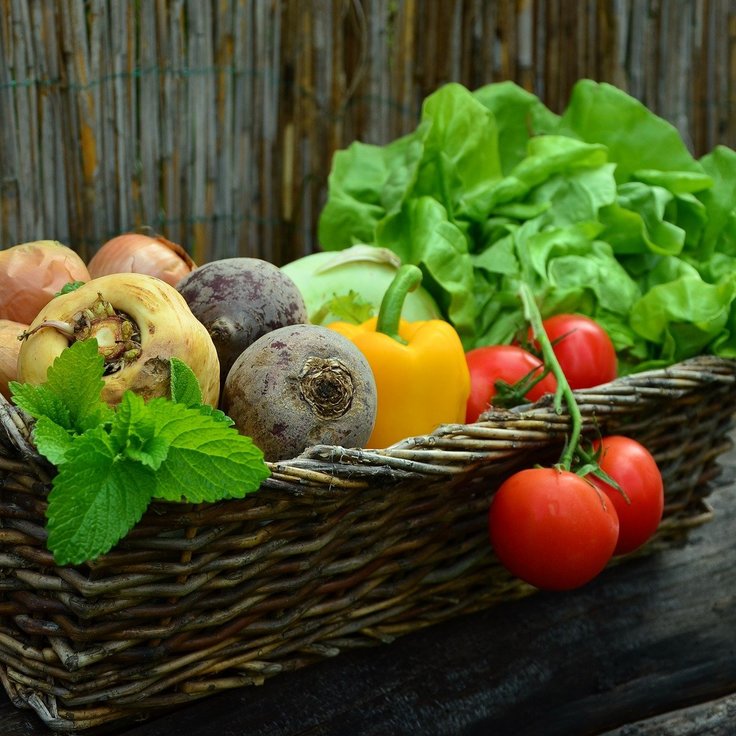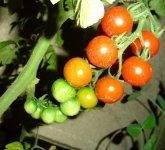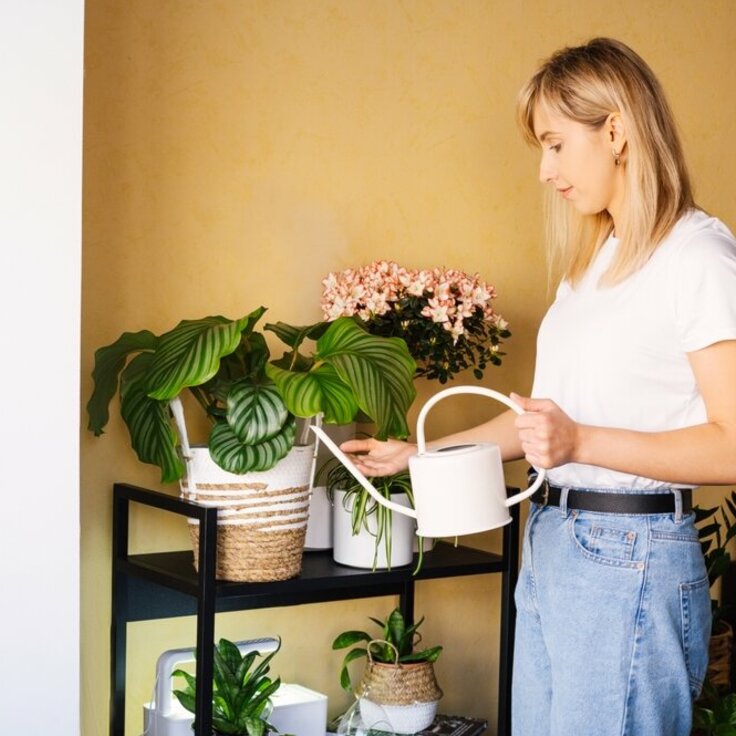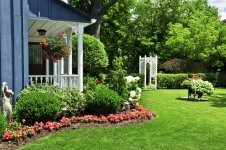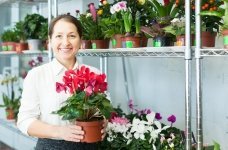Happy New Year - Get Ready for Seed Starting
There are relatively few outdoor garden projects to be done in January, so it's a good time to turn your attention to planning for next season's garden, including starting your own seeds early indoors. Yes, you could buy ready-grown plants from the local garden store at planting time, but there are many reasons for growing your own -- including relieving your itching green thumb! Now is a great time to plan what to grow and start gathering seeds and supplies.
Seed-Starting Advantages
Why be limited by what someone else has grown? You can grow just about any flower, herb, or vegetable transplant for your garden with little effort. All it takes is some commitment and good lighting conditions. Starting your own seeds gives you the satisfaction of growing special varieties that are not available locally if you want.
Timing Annual Seed Starting
Many annual flowers and vegetables should be sown indoors approximately 6-8 weeks before the anticipated last frost date in your area, although some slow growers need to be started 10-12 weeks before, while others need just 3-4 weeks. Check the seed packet or a gardening reference for specific advice. New gardeners should follow the last frost date recommendations from their local county Extension Service. But If you're a seasoned gardener, it's best to follow your instinct and years of gardening experience. Our region is known for its microclimates, where the last frost date can vary widely.
Growing Perennials from Seed
If you want to start perennial and biennial flowers, sow them outdoors in a cold frame or in the ground in spring when the soil temperatures begin to warm up. Scratch up a patch of open, prepared soil, scatter the seeds, water them, and let them grow. If you're lucky with the weather, you may reap a bonus, in that some of the early-started perennials may bloom their first year. If not, just be patient, and you will be rewarded with blooms the following year. You can also start seeds in 4-inch pots indoors under more controlled conditions.
Success with Seed Starting
To ensure success with starting seeds indoors, use a commercial "soilless" seed-starting mix. This mix helps prevents problems with a fungus disease known as damping-off that can attack small seedlings.
Pour the seed-starting mix into a large plastic bucket and moisten it thoroughly with warm water. Next, fill the plant containers to 1/2 inch below the rim and gently pack the mixture to eliminate any air pockets. If you're re-using containers from last year, first scrub them with dish detergent and water, rinse, then sanitize them by soaking them in a solution of one part liquid bleach to nine parts water, and finally rinsing in clear water.
Planting Time
Once the containers are ready, plant your seeds. The tiniest seeds, such as begonias, don't even need to be covered, just sprinkle them on the medium and water them in by lightly misting them. Larger seeds can be gently pushed into the moist, soilless mixture. You can also cover seeds by using a sieve to spread a thin layer of seed-starting mix over them.
Label Them Well
Make a label with each plant's name and the date of sowing, and push the marker into the container so that it doesn't protrude above the rim. Cover the containers with a sheet of plastic. The lid of a suitably sized plastic box can be placed over a group of containers to create a mini-greenhouse.
Remove the covering as soon as seeds begin to germinate. Grow them on under fluorescent lights until it's time to do some transplanting, keeping the bulbs a few inches above the foliage as the plants grow. Adequate light will help you grow strong, sturdy seedlings that will transition well to the outdoor garden. Be sure to harden off seedlings well by exposing them gradually to outdoor conditions before they go in the ground.
Read more from the National Gardening Association.

